Schneider Electric Conventional Lamps

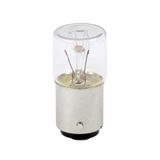
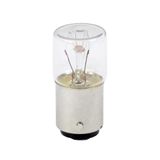

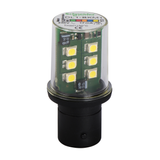

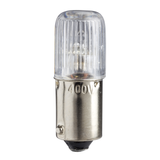
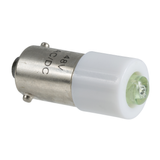

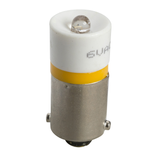


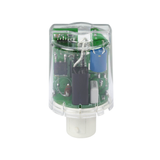

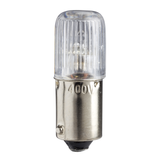


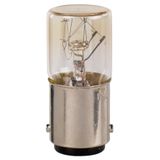

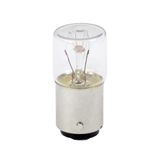
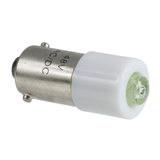
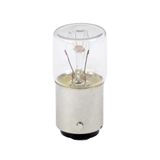
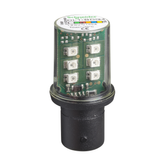


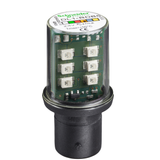
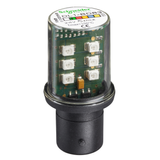
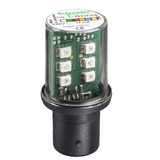
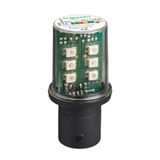


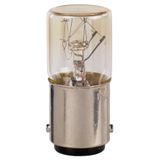

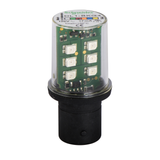
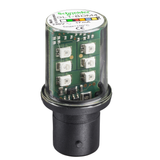
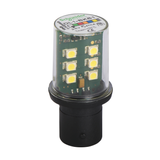
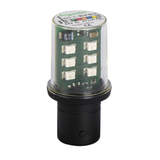
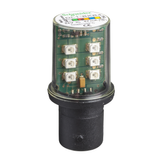



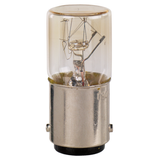

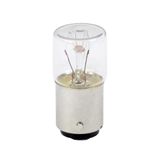
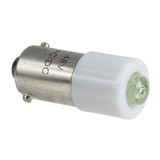



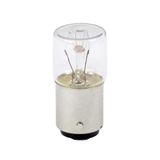
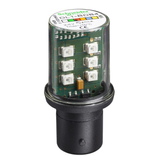
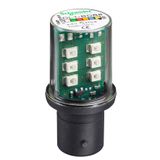
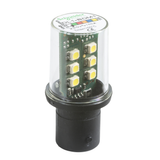
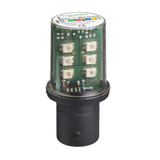

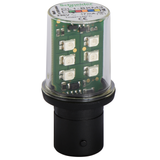

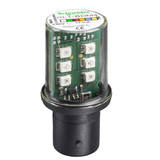

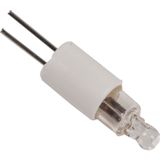

-
-
1
- 2
-
Schneider Lamps for retrofit and new builds
Project teams use this portfolio when they need predictable lumen packs and long service intervals with standard caps and voltages. Typical mains variants run 220–240 V AC in A60/A67, PAR, and GU10 formats; low-voltage types cover 12 V MR16/G4 for task and display. Output choices span 250–1 500 lm per lamp with efficacy commonly 100–140 lm/W. Colour options 2700–6500 K with SDCM ≤3 keep corridors and open offices uniform; CRI ≥80 is standard with CRI 90 options for colour-critical zones. Dimmable SKUs support leading/trailing-edge phase control; pro lines target flicker percent <10 % and PF ≥0.90. Surge tolerance is typically 1–2 kV line-to-line; rated life L70/L80 sits around 25 000–50 000 h when used within the thermal envelope.
Schneider Lighting Bulbs range and bases
Caps follow IEC 60061 geometry so lamp swaps don’t force new lampholders: E27/E14 for general service, GU10 for mains spots, B22d for markets using bayonet, G9/G4 capsules for compact heads, and 2-pin GX53/GX5.3 where height is limited. Optics include clear filament aesthetics, opal diffusers for glare control, and narrow/medium/wide beam reflectors for accent. Many GU10/MR16 models ship with 24°/36° options and CBCP data for aiming. Thermal notes: check “enclosed fixture rated” marking for cans and bulkheads; otherwise use ventilated luminaires to avoid LED driver heat-soak.
Technical specifications and standards engineers expect
Electrical: 220–240 V AC (GU10/E27/E14) and 12 V AC/DC (MR16/G4). Power factor ≥0.9 on professional ranges; THD typically ≤15 %. EMC and immunity meet EN 55015/EN 61547; harmonic limits per EN 61000-3-2. Safety per IEC 62560/IEC 61347 with photobiological evaluation to EN 62471 (RG0/RG1 families). Operating window −20…+40 °C typical; storage −20…+60 °C. Glass and polymer optics are UV-stable; aluminium heat sinks are coated to resist corrosion in humid plant rooms.
Schneider General Lighting applications and compatibility
Office floors standardize A60/E27 opal for utility areas and low-UGR GU10 in meeting rooms; retail and museums use narrow-beam reflectors with CRI 90 on feature bays; hospitality leans on warm CCT and filament look in public zones. LED lamps pair cleanly with Schneider dimmers and contactor packs; observe minimum load guidance on phase-cut channels. For DALI-controlled areas, specify luminaires with drivers rather than retrofits if group/scene logic is mandatory; use lamps for point replacements and small rooms.
Applications, wiring, and control practice
Use dedicated neutral for dimmed groups to avoid shared-neutral artefacts. Keep lamp count per dimmer within manufacturer limits; high inrush on some drivers requires derating. In emergency circuits, choose maintained fittings or lamps approved for inverter duty. For display cases, confirm MR16/G4 supply is clean DC from an LED driver, not an old magnetic transformer—flicker and life depend on it.
Integration with other brand products
Lamps drop into Schneider switches, dimmers, and contactor-fed lighting boards without rewiring. Quick-connect ceiling accessories, trims, and diffusers from the same catalog finish the installation neatly, and board-level SPDs coordinate with lamp surge ratings to protect drivers during switching events. For continuous lines or DALI floors, combine lamps only where local control is sufficient; otherwise move to luminaires and drivers from the same ecosystem.
Selection criteria for B2B engineers
- Target lux and beam: choose lumen pack and beam angle from room calc; verify CBCP for accent.
- Colour policy: CRI 80 back-of-house, CRI 90 on retail/healthcare; hold SDCM ≤3 across spaces.
- Controls: phase-cut dimmable where simple; specify driver-based luminaires for DALI/1–10 V.
- Thermal: check “enclosed rated” before using in sealed cans; confirm Ta of the space vs data sheet.
- Power quality: PF ≥0.9 in dense boards; check THD budget where transformers and UPS share feeders.
Where the brief calls for classic looks, select schneider decorative light bulbs with filament optics and warm CCT while keeping efficacy and PF inside your project limits.
Procurement and documentation
Standardize by cap and lumen pack: E27 800/1 060 lm, GU10 345/500 lm, MR16 400/600 lm. Fix CCT per area (e.g., 3000 K front-of-house, 4000 K task). Add compatibility notes for approved dimmers and any enclosed-fixture restrictions. Stock 5–10 % spare sets per floor and record lamp codes in the lighting schedule for fast replacements—this keeps your fleet of schneider energy efficient lamps consistent over time.
Advantages of working with Bankoflamps
Bankoflamps ties pricing to your room schedules and exposes live EU stock before you block installers. Quotes typically return in about an hour. Ordering by EAN/MPN prevents variant drift; your portal shows lead times, shipment status, and downloadable price lists. Approved partners can use post-payment up to 30 days. We consolidate partials to reduce freight and keep price-validity windows so phased fit-outs stay predictable. Your account manager cross-checks caps, optics, dimmer compatibility, and SPD levels against your drawings so cartons arrive complete and ready to hang.